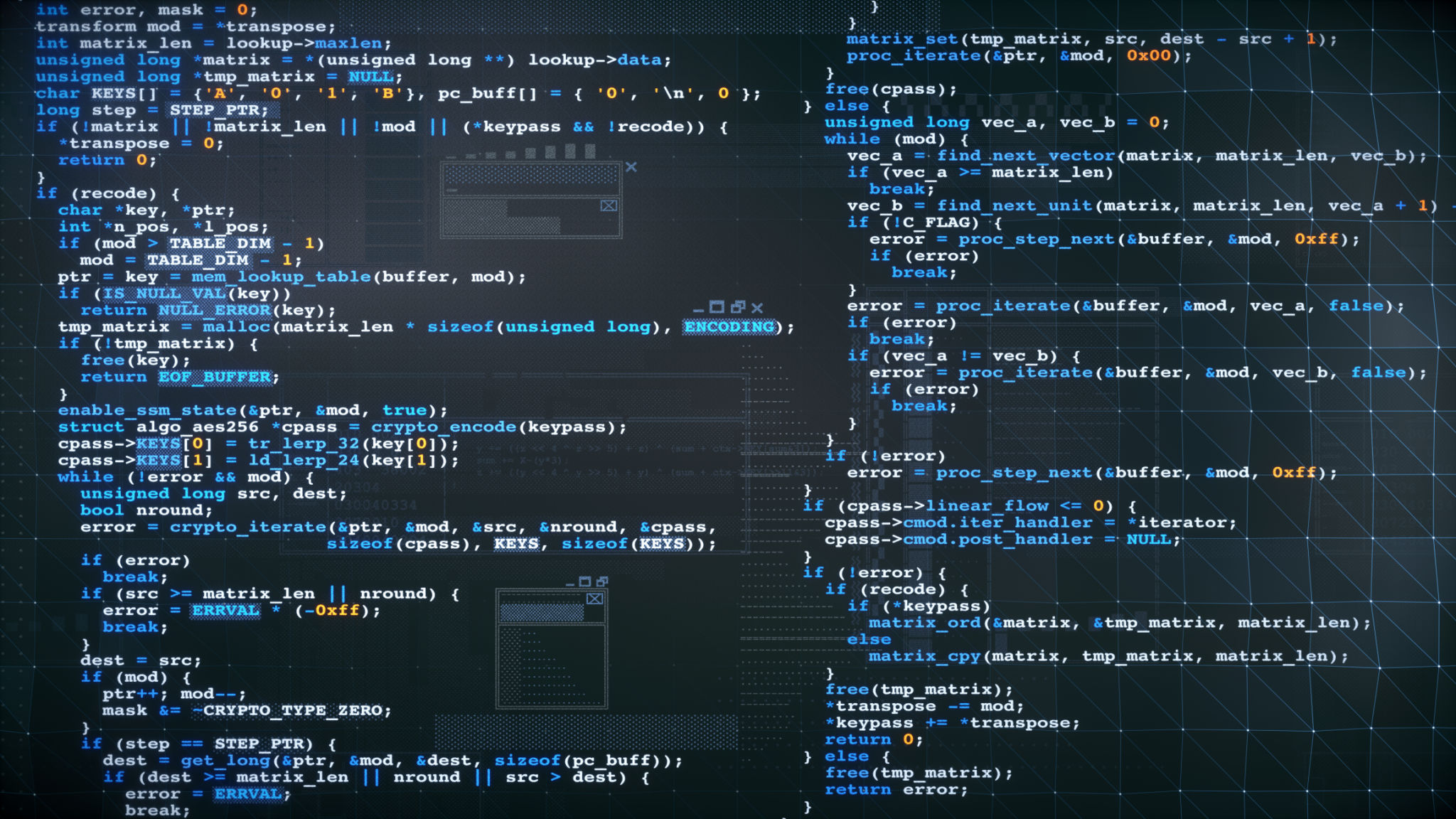AI Software Development: A Step-by-Step Guide for Beginners
Understanding the Basics of AI Software Development
Artificial Intelligence (AI) has become a cornerstone of modern technology, offering transformative capabilities across various industries. For beginners looking to dive into AI software development, understanding the basics is essential. AI software development involves creating software that can mimic human intelligence to perform tasks such as learning, reasoning, and problem-solving.
The journey begins with understanding the different types of AI, such as narrow AI, which is designed for a specific task, and general AI, which can perform any intellectual task a human can. Familiarizing yourself with these concepts will lay a solid foundation for your AI development endeavors.

Setting Up Your Development Environment
Before you start coding, setting up the right development environment is crucial. This involves choosing the appropriate programming language. Python is highly recommended for beginners due to its simplicity and vast array of libraries like TensorFlow and PyTorch that support AI development.
Next, install an Integrated Development Environment (IDE) such as Jupyter Notebook or PyCharm. These tools will help streamline your coding process by providing helpful features like code completion and debugging. Ensure that you have a basic understanding of version control systems like Git to manage your project effectively.
Learning the Core Concepts
Diving into AI requires a grasp of core concepts such as machine learning, neural networks, and data processing. Machine learning involves creating algorithms that allow computers to learn from data and make predictions. Neural networks are inspired by the human brain and are used to recognize patterns.
Understanding these concepts may seem daunting at first, but there are numerous resources available online, including tutorials and courses, to help guide you through the learning process. Harnessing these resources will be instrumental in your progress.

Data Collection and Preprocessing
Data is the lifeblood of AI applications. Learning how to collect and preprocess data is a critical step in AI software development. This involves gathering relevant datasets from various sources and cleaning them to remove any inconsistencies or errors.
Preprocessing includes tasks such as normalization, transformation, and feature selection. These steps are essential to ensure that your algorithms can effectively learn from the data, leading to accurate predictions and outcomes.
Building Your First AI Model
Once you have a clean dataset, it's time to build your first AI model. Start with simple models like linear regression or decision trees before progressing to more complex models such as convolutional neural networks (CNNs) or recurrent neural networks (RNNs).
Implementing these models will involve using libraries like TensorFlow or PyTorch to construct and train your models. Experimenting with different algorithms and techniques will help you understand their strengths and limitations.

Testing and Evaluation
After building your model, testing and evaluation are crucial to ensure its effectiveness. This involves using a separate test dataset to evaluate the model's performance. Metrics such as accuracy, precision, recall, and F1-score are commonly used for assessment.
Continuously refining your model based on these evaluations will improve its performance. Remember, developing an effective AI model often involves multiple iterations and adjustments.
Deployment and Integration
Once you're satisfied with your model's performance, the next step is deployment. This involves integrating the model into a production environment where it can generate real-world insights. Choosing the right platform for deployment is important; options include cloud-based services like AWS or Google Cloud.
Integration can also involve creating APIs that allow other applications to interact with your AI model seamlessly. This step ensures that your AI solution is both accessible and scalable.

Continuous Learning and Improvement
The world of AI is constantly evolving, with new techniques and technologies emerging regularly. As a beginner in AI software development, it's important to stay updated with the latest advancements by participating in communities, attending workshops, and reading research papers.
Continuous learning will not only enhance your skills but also open up new opportunities in this exciting field. Embrace challenges as learning experiences and continue to refine your craft as you grow in your AI development journey.
